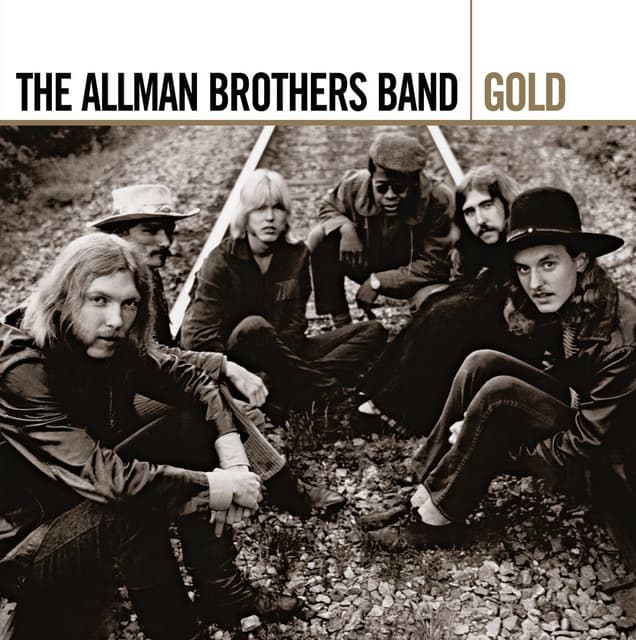
Ramblin’ Man: The Allman Brothers Band’s Journey into the Top 10
The Allman Brothers Band is known for their iconic Southern rock sound, mixing blues, jazz, and a touch of rock ‘n’ roll. But in August 1973, they released a song that took them in a slightly different direction—“Ramblin’ Man”. Written by Dickey Betts, the band’s guitarist, the track became their first and only top 10 single on the Billboard Hot 100, peaking at number two. It also charted at number 12 on the Easy Listening chart, a testament to its broad appeal.
“Ramblin’ Man” stands out not just for its success on the charts, but for its distinct country flavor, a departure from the usual Allman Brothers sound. Inspired by Hank Williams’ 1951 song of the same name, Betts’ version is deeply rooted in country music, which made the band initially hesitant to embrace it. They had built their reputation on their soulful, extended jams and intricate guitar work, and “Ramblin’ Man” felt too much like a country hit for their usual style. Even drummer Butch Trucks admitted that while everyone agreed it was a good song, they weren’t eager to record it because it strayed so far from their Southern rock foundation.
The song was first conceptualized during sessions for their album Eat a Peach, and Betts worked on it for about a year before it came together. In fact, Betts famously said that he finished the lyrics in just 20 minutes, sitting in Berry Oakley’s kitchen late at night. Although it took time to evolve, the final version was worth the wait. When the band recorded the song in the studio, they added a long guitar jam near the end, a signature Allman Brothers touch that gave the track its unique character.
Despite the band’s reluctance to fully embrace the song’s country vibe, Chuck Leavell, the group’s new keyboardist, loved it from the start. His fresh perspective helped push the band to see the potential of “Ramblin’ Man” beyond its country roots, blending it into the Allman Brothers’ more familiar, intricate sound. Guitarist Les Dudek, who was collaborating with the band on the album Brothers and Sisters, contributed to the song’s harmony and even played a key role in the live recording, standing in for the late Duane Allman. His performance, combined with Betts’ lyrical storytelling, turned “Ramblin’ Man” into one of the band’s most memorable tracks.
Although it was a commercial success, not everyone was convinced it would be. Johnny Sandlin, the producer of Brothers and Sisters, found it “crazy” that the song was chosen as a single, because it didn’t sound like anything else in their repertoire—except for maybe “Blue Sky”, another Dickey Betts composition with a similarly upbeat, major-key feel.
In the end, “Ramblin’ Man” captured the spirit of a traveler and wanderer, a theme that resonated with many listeners at the time. It became an anthem for those who embraced the open road and the freedom that comes with it. With its combination of country charm, Southern rock grit, and the undeniable skill of The Allman Brothers Band, the song not only climbed the charts but also solidified its place in the band’s legacy.